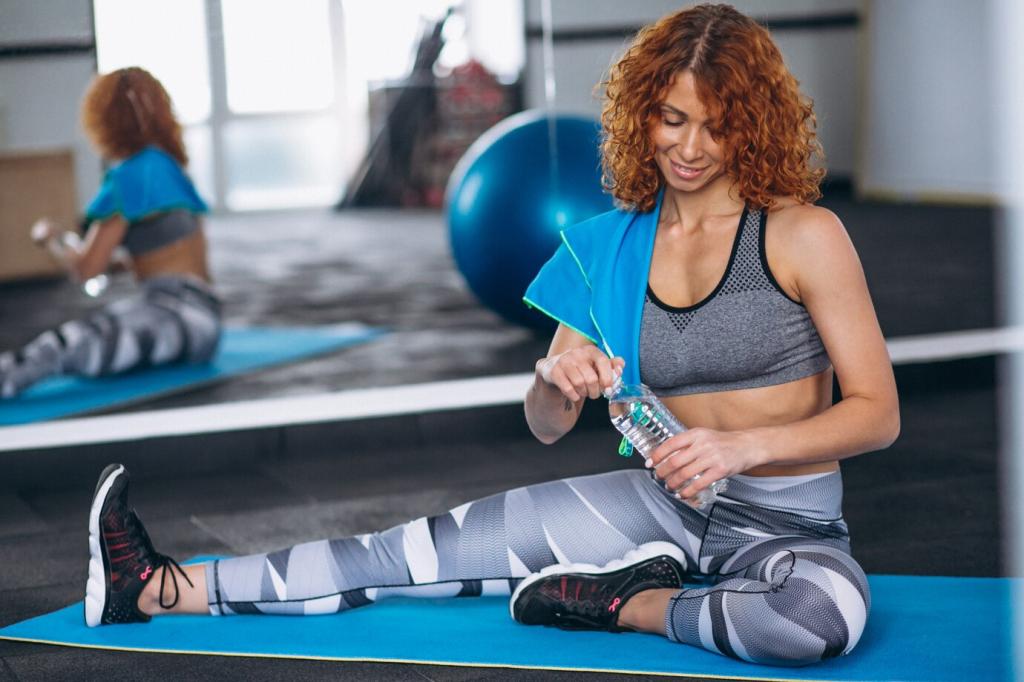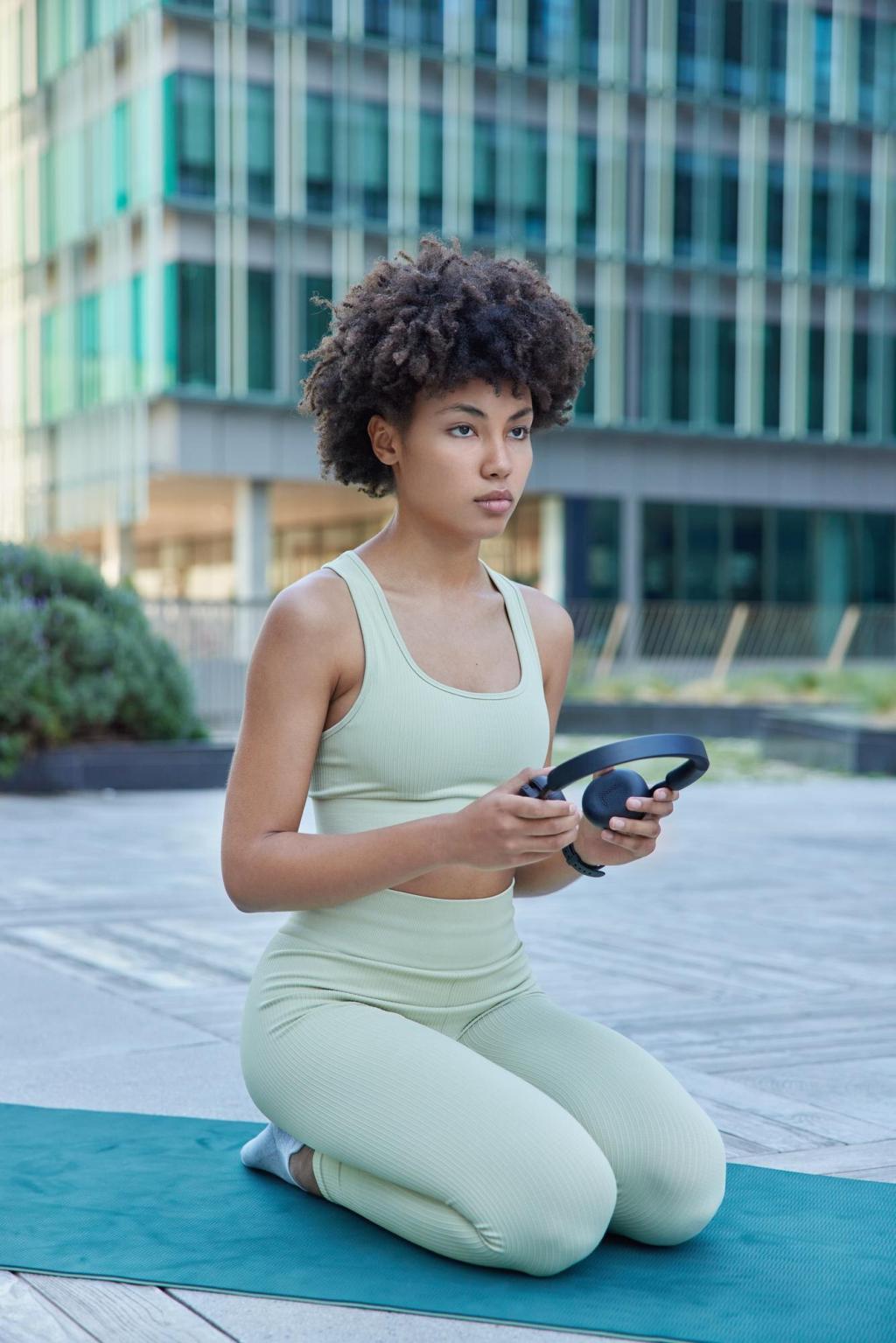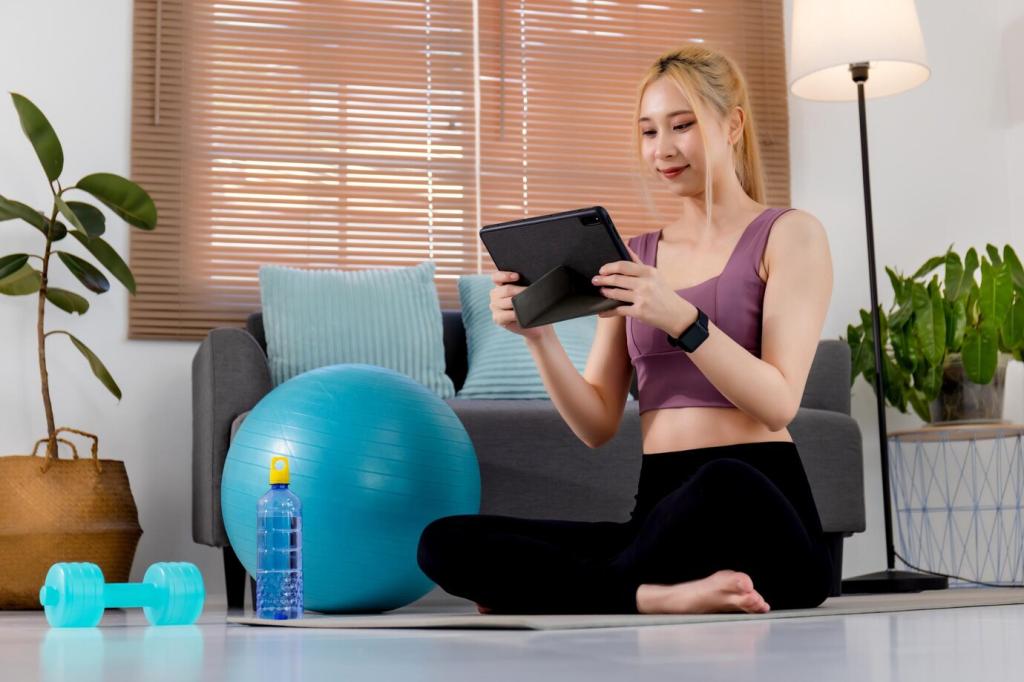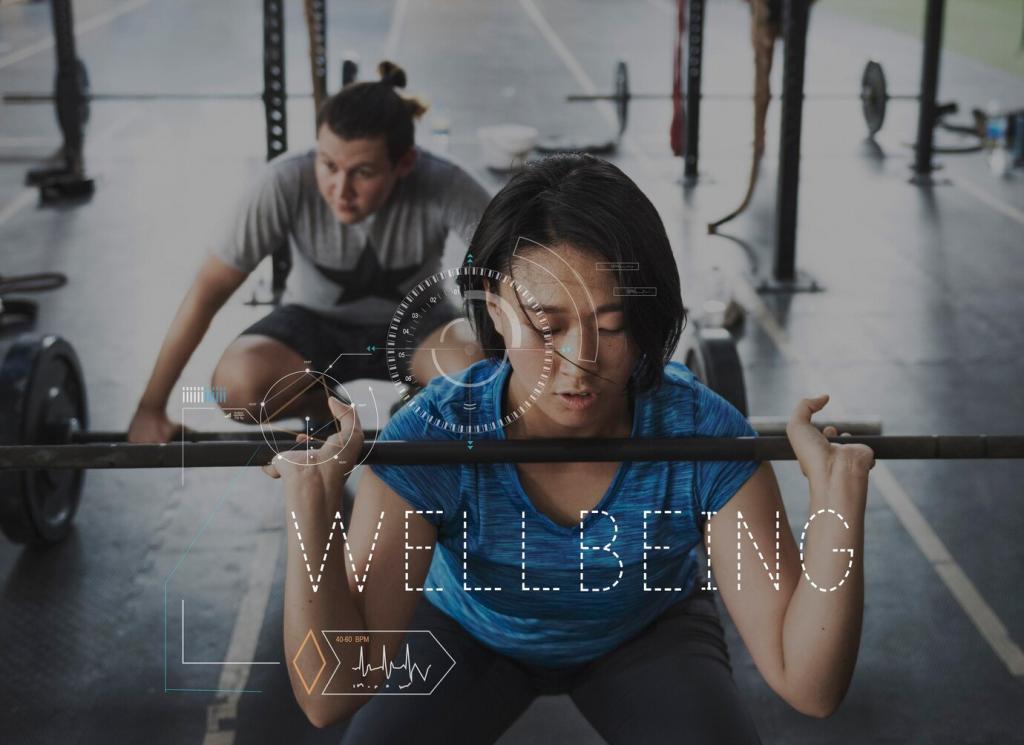Flexibility and Stretching Routines for Home
Home Stretching Basics: Safety, Space, and Mindset
Warm-Up First: Gentle Movement Primes Your Muscles
Start with light marching in place, shoulder rolls, and slow hip circles to warm tissues and boost circulation. This prepares joints for deeper ranges, reduces stiffness, and makes every stretch safer and more satisfying when you practice at home.
Breathing Matters: Use Exhales to Deepen Safely
Inhale to prepare, then exhale slowly as you ease into the stretch, holding tension lightly rather than forcing depth. Focused breathing signals your nervous system to relax, inviting more range without strain or lingering soreness afterward.
Make-Do Equipment: Pillows, Towels, and Doorframes
A folded towel becomes a helpful strap, a pillow supports knees, and a doorframe offers balance. You do not need fancy gear to get flexible—only creativity, consistency, and a small space you genuinely enjoy returning to each day.


The 10-Minute Morning Flex Flow
Begin with a full-body yawn stretch, then cat-cow spinal waves, calf wall stretches, and a standing side bend on each side. Finish with a gentle forward fold, soft knees, and long exhales to spark calm focus for your day.
The 10-Minute Morning Flex Flow
Lean on dynamic stretches in the morning—controlled leg swings, shoulder circles, and hip openers—to wake tissues without over-lengthening. Save longer static holds for later, when your body is warmer and more receptive to deeper, restful flexibility work.
Evening Wind-Down: Stretch to Sleep Better
Switch On Calm: Longer Holds, Longer Exhales
Hold low-intensity stretches for thirty to sixty seconds, breathing out for counts of six or eight. This rhythm invites the parasympathetic response—your body’s relaxation mode—reducing mental noise and guiding you toward softer shoulders and a quieter mind.


Low-Back Love: Twists and Supported Folds
Lie on your back, drop knees to one side with a pillow between them, and rest your opposite arm wide. Follow with a seated fold over a cushion. Gentle support helps muscles release without overreaching late at night.



Routines for Every Body: Options and Modifications
Beginners: shorter holds and higher support. Intermediate: moderate holds with breath cues. Advanced: progressive loading and neural glides. Choose the level that feels kind yet challenging, and rotate routines so your body adapts without boredom or burnout.
Routines for Every Body: Options and Modifications
Use walls for balance, cushions under knees, and folded towels for heels. Swap deep lunges for supported variations, and seated hamstring stretches for standing versions. Thoughtful tweaks keep stretches accessible, especially in tight apartments or on days your joints feel tender.
